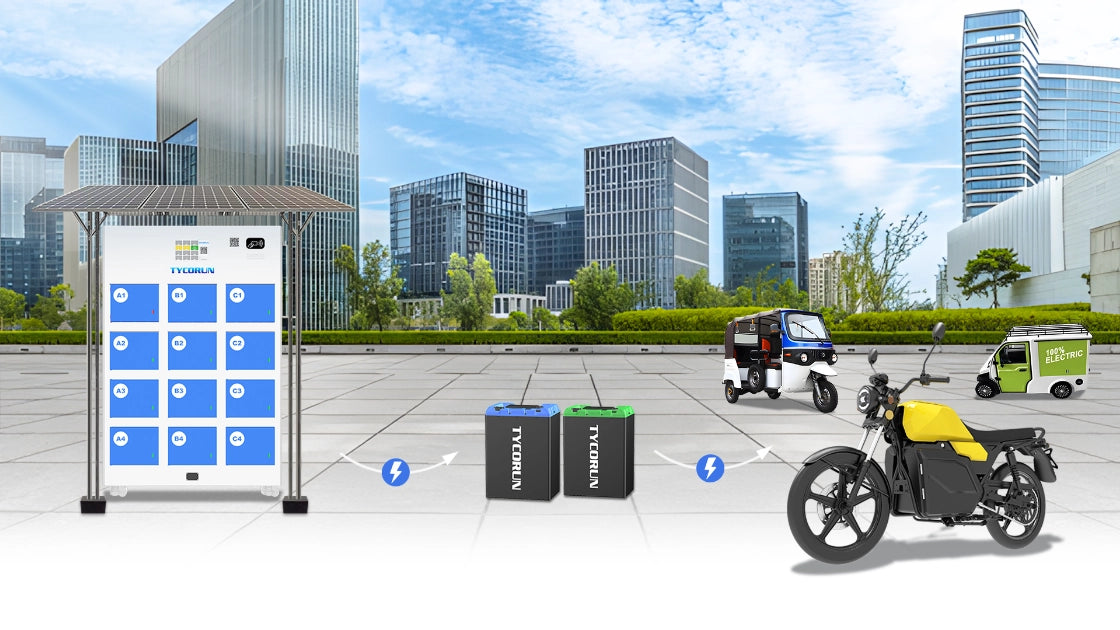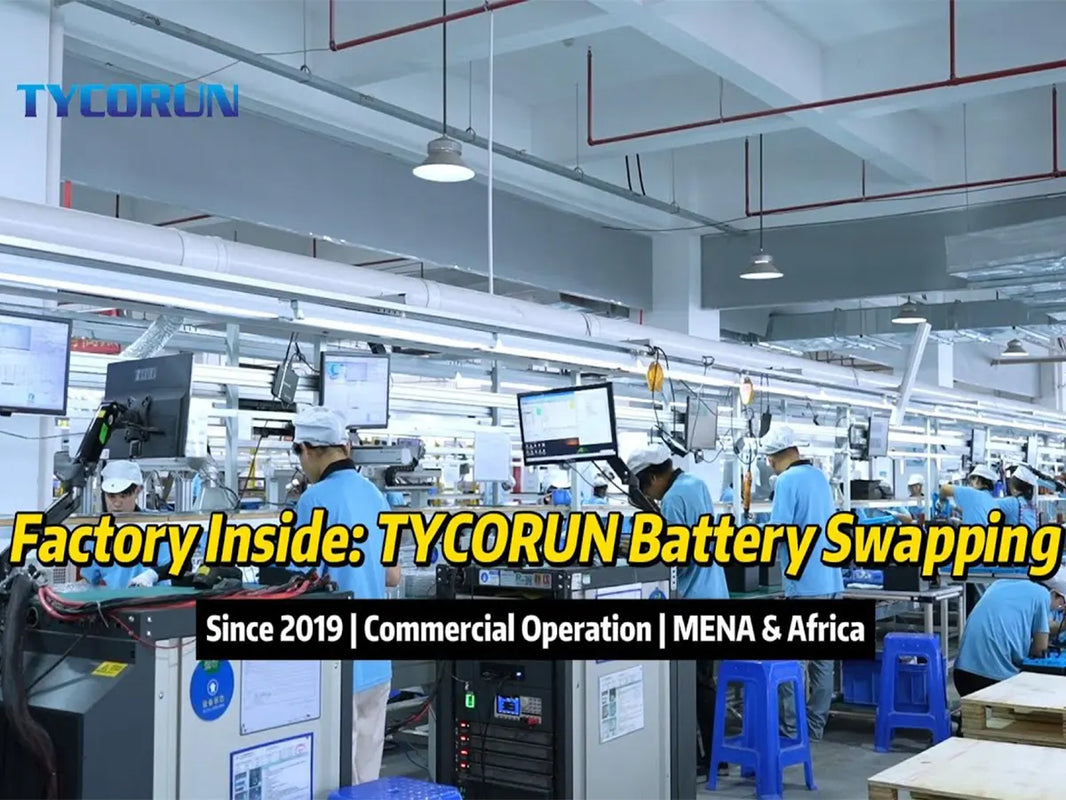
The car has a huge hurdle to overcome, and that is the unpleasant smell that comes out of burning gasoline, which makes you feel sick. It is not difficult to deduce that if a large number of cars are driven on the street, it will be banned by law. - Baker
More than 100 years ago, the development of batteries and electric motors preceded the internal combustion engine, and petroleum fuels were not yet popular. This was the first opportunity for the development of electric vehicles. In the 1970s, countries around the world were hit hard by the oil crisis, and the utilization of alternative energy sources such as electric energy, wind energy, and solar energy was put on the agenda. Electric vehicles once again attracted the attention of the world and ushered in its second opportunity. In the 1990s, following the energy crisis, the environmental problems became more and more serious, and countries all over the world introduced new vehicle exhaust emission limits. In this way, electric vehicles were once again favored by the world due to their low pollution characteristics. The third opportunity for the development of electric vehicles.
California Zero Emission Regulations - A Catalyst for Electric Vehicles
Since the 1990s, developed countries in Europe and the United States have successively issued corresponding regulations to limit the emission of automobile exhaust according to the situation. The United States, with the automobile industry as its pillar industry, is one of the countries with the most serious air pollution in the world. In the mid-20th century, some large cities in the United States experienced air pollution caused by automobile exhaust, especially the photochemical smog incident in Los Angeles. Americans deeply felt the pain caused by environmental pollution. This reminded people of Baker's prophecy, and regulations to limit automobile emissions were first introduced from California.
In 1990, the California State Legislature passed a "ZEV Act" that required 2 percent of all vehicles sold in 1998 to be zero-emission vehicles. By 2000, zero-emission polluting vehicles should account for 3% of total vehicle sales, 5% in 2001, and 10% in 2003. Subsequently, 10 states in the eastern United States followed California's example and introduced corresponding zero-emission bills.
At that time, the California government was eager to pass legislation to bring electric vehicles to the market, mainly for two reasons: First, environmental issues. The increasing air pollution caused by automobile exhaust emissions, the deteriorating quality of the surrounding environment, coupled with the photochemical smog event that occurred in Los Angeles, California in the 1940s, left deep shadows and fears for local residents. The second is the issue of economic development. California can take advantage of its outstanding aerospace and military technology and a large pool of talents to vigorously develop the emerging industry of electric vehicles, which can create more job opportunities.
California is the state with the largest number of cars in the United States, and the impact of its legislation is no longer confined to the continental United States. As the old saying goes, "Goodness alone is not enough to govern, and law alone is not enough to self-govern". Affected by the "ZEV Act", governments of various countries cannot hold back. On the one hand, they set up environmental protection and energy saving regulations to force the emission standards of traditional gasoline vehicles to be raised, and on the other hand, they implemented preferential policies to encourage the development and use of electric vehicles. The two-pronged approach of "hard" and "soft", with tacit cooperation, has opened up a fertile ground for electric vehicles.
In 1993, the Clinton administration of the United States formulated the PNGV plan, focusing on battery-driven pure electric vehicles. The ultimate goal of this plan is to develop a series of new electric vehicles and achieve mass production. The main members of the PNGV plan, Ford, General Motors and Daimler-Chrysler have all launched hybrid electric vehicles with diesel engines as the basic power source. Daimler-Chrysler's Dodge ESX3 also uses high-power lithium batteries as auxiliary power. General Motors The Precept is more energy efficient due to the use of braking energy recovery technology, and these concept models have a very good performance in reducing fuel consumption and emissions. Although the exorbitant costs failed to commercialize the concept cars, the plan set off a wave of new automotive technology research and development across the United States.
In 1993, then-President Clinton and the presidents of the three major American automobile companies (General Motors, Ford and Chrysler) announced in Washington a cooperation plan aimed at promoting the revolution of American automobile technology, namely the PNGV plan. The plan proposes three major goals: 1) improve and enhance the competitiveness of U.S. automakers; 2) apply commercially viable new technologies to conventional vehicles; 3) develop a new generation of vehicles that are three times more fuel efficient than existing vehicles . In 1997, the PNGV program completed the technical selection of a new generation of vehicles, and identified lightweight materials, hybrid power, high-performance engines and fuel cells as the main technical directions of the PNGV program. In 2000, the three major American automobile companies have successively launched their own PNGV concept cars. From 1993 to 2000, the PNGV program in the United States was implemented for a total of 7 years, until President Bush announced that the PNGV program would be replaced by the Freedom Car program.

Figure: Concept car of PNGV plan
During the same period, in order to promote the commercial operation of electric vehicles, the "City Electric Vehicles" association was established in Europe and attracted the participation of many cities. In France, the government not only provides tax exemptions for electric vehicles, but also provides subsidies for users who buy electric vehicles, which greatly increases the enthusiasm of people to buy electric vehicles. At that time, the most popular model among car buyers was the Peugeot 106 electric car, whose users were mainly concentrated in the government sector. At the same time, Germany invested 300 electric vehicles in the southeastern state of Bavaria, and also generously provided 30% of the car price for electric vehicle consumers. With the strong backing of regulations and policies, electric vehicles are also developing in full swing in Europe.

Figure: Peugeot 106
Electric Vehicle Demonstration Zone - The Crystallization of Regulations and Policies In the early 1990s, with the support of policies and regulations, electric vehicle demonstration areas also flourished, with France, Germany, Japan and the United States showing the most positive performance. The construction of the demonstration area can verify and improve the performance of electric vehicles, popularize the application of electric vehicles and improve the public's recognition, and its role cannot be ignored.
France is "poor" in oil and "rich in electricity", which is a favorable factor for the development of electric vehicles. Electric vehicle demonstration zones emerged in France in the mid-20th century and peaked in the early 1990s. At that time, car exhaust emissions in La Rochelle became the main culprit of air pollution in the city. Therefore, the first electric vehicle system project in France was started here, 12 charging stations were established, and Peugeot 106 and Citroen AX electric vehicles were put into use.It is leased to users such as government workers, self-employed workers, and company employees. Both electric vehicles achieved satisfactory results in terms of quietness, economy, safety and driver satisfaction. At the same time, the German government also established a European electric vehicle test base on Rügen Island. From 1992 to 1996, electric vehicles equipped with new batteries and power systems were tested and operated. Many other countries or cities also joined this test base. . The actual vehicle operation on the island of Rügen in the past five years has accumulated valuable information for the development of electric vehicles in Germany.
Just like France, Japan's oil consumption also depends entirely on imports. The Japanese realized that the best way to get out of the plight of other countries because of oil was to use alternative energy sources. In the 1990s, the Japanese automobile industry began to pay attention to electric vehicles, and through the Electric Vehicle Association, the first demonstration operation of electric vehicles was carried out in Osaka City. Ten fast-charging stations have been established in Osaka city, and more than 100 electric vehicles are leased to companies or private use.
Because of the first implementation of the "ZEV Act", California has naturally become the leader in the implementation of electric vehicles in the United States. The California government has introduced various preferential policies to escort electric vehicles. Electric vehicle buyers can receive a certain car purchase subsidy and can also park for free at the local international airport. At the same time, the government has allocated funds to build charging facilities, and the charging price is also very favorable, and some commercial institutions have even launched free charging services. More interestingly, innovative Americans have built a 300-meter-long charging road in Los Angeles. When the electric vehicle enters this section of the road, just put down a metal plate connected with the wire and cable, and slide on the charging board 5~8 cm away from the road surface, you can quickly obtain the electric energy buried in the cable under the road surface and make the battery charging very convenient.
The Chinese government also attaches great importance to the research and development of electric vehicles, and has listed electric vehicles as a major national science and technology industry project during the "Ninth Five-Year Plan" period. In 1998, China established its own demonstration area for electric vehicle operation on Nan'ao Island in Shantou City, Guangdong Province. The management center of the demonstration area is located in Xiapeng Industrial Zone, Longhu District, Shantou City, covering an area of 7.5 mu. etc. work. By 2000, a total of 20 electric vehicles of various types had been put into operation in the only electric vehicle test and demonstration area in China at that time. These vehicles have traveled more than 450,000 kilometers and accumulated a lot of experience in the operation, application, management and mechanism of electric vehicles.
















